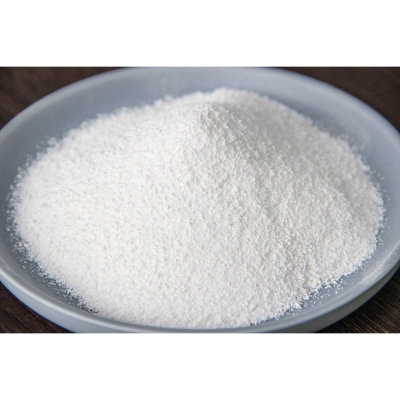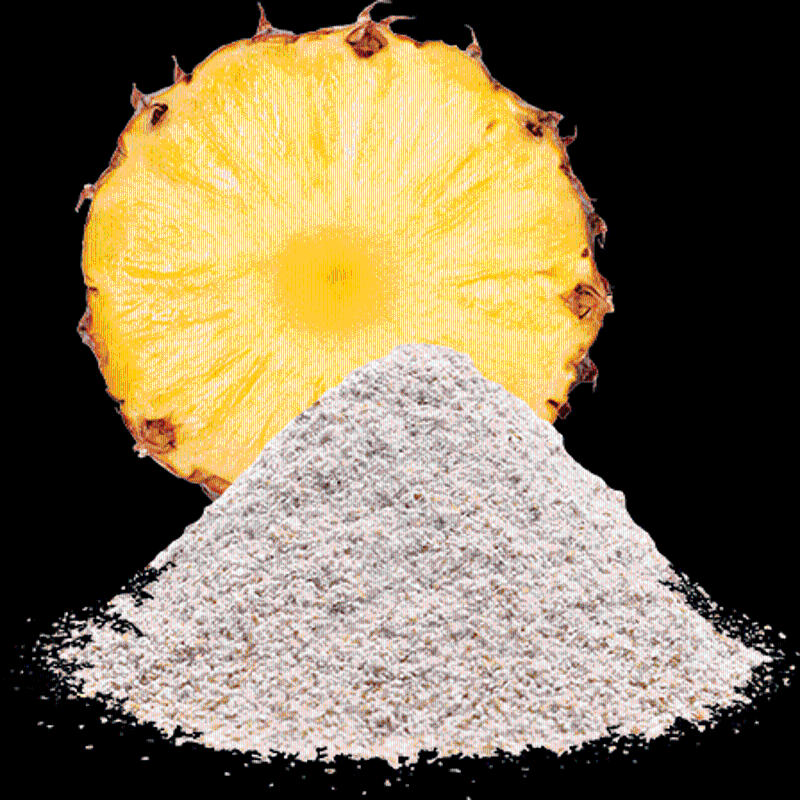-
Categories
-
Pharmaceutical Intermediates
-
Active Pharmaceutical Ingredients
-
Food Additives
- Industrial Coatings
- Agrochemicals
- Dyes and Pigments
- Surfactant
- Flavors and Fragrances
- Chemical Reagents
- Catalyst and Auxiliary
- Natural Products
- Inorganic Chemistry
-
Organic Chemistry
-
Biochemical Engineering
- Analytical Chemistry
-
Cosmetic Ingredient
- Water Treatment Chemical
-
Pharmaceutical Intermediates
Promotion
ECHEMI Mall
Wholesale
Weekly Price
Exhibition
News
-
Trade Service
From August 23rd to 25th, 2019, the 2019 Global Chinese Genetics Conference was held at Fudan University, Shanghai.
Some people say that genomics can be divided into two eras: one without PCR, and one with PCR
In the library construction stage of high-throughput sequencing, the library template is amplified thousands of times by PCR to achieve the library volume on the computer to complete the subsequent determination of the genomic DNA sequence
It is no exaggeration to say that without PCR, there would be no high-throughput sequencing
Error: Error accumulation [1]
The base mismatch rate may be up to 0.
For nucleic acid templates, some have complex secondary structures and some have poor thermal stability.
The GC content of different species is not the same.
When the purine pyrimidine content on the two strands of DNA is unbalanced, it will increase the probability of deletion [4].
Due to the PCR amplification of library construction and sequencing, a duplicate ratio of 10%-25% will be brought, resulting in a waste of DNA data, thereby increasing the cost of sequencing
Because PCR will bring the above-mentioned various problems, the process of PCR from scratch to nothing is an inevitable trend in the development of high-throughput sequencing technology
DNBSEQ™ technology sequencing platform.
"0" PCR sequencing data display
DNBSEQ™ "0" PCR sequencing brings you into a new era of PCR-free high-throughput sequencing!
references:
[1] Mcinerney P, Adams P, Hadi M Z.
[2] Aird D, Ross MG, Chen WS, et al.
[3] Johanna B, Mattias M, Charlotte H, et al.
[4] Kondrashov AS, Rogozin I B.
[5] Sjödin P, Bataillon T, Schierup MH (2010) Insertion and deletion processes in recent human history.
PloS ONE, 5, e8650.







